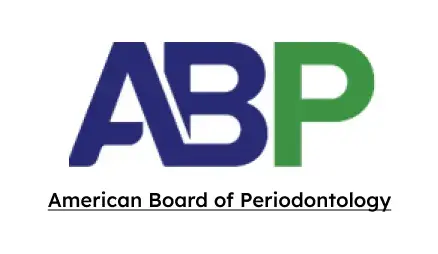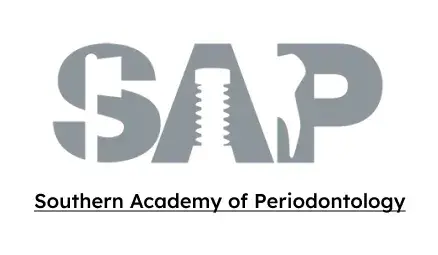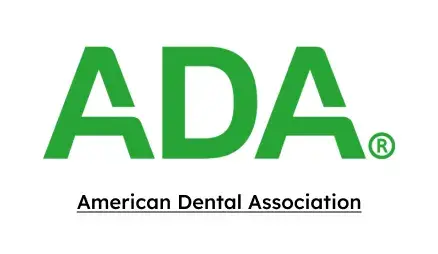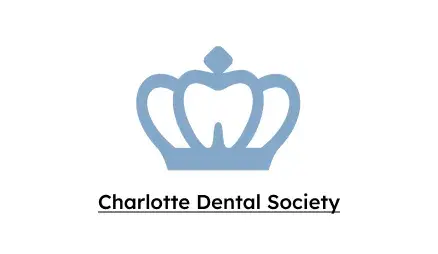Periodontal Therapy
At CharlottePerio

Periodontal disease is caused by infections of the gum tissue in the mouth. These infections are the result of bacteria in dental plaque.
In the early stages of periodontal disease (gingivitis), gum tissues may appear swollen and may also bleed.
At this stage, the disease process is reversible, but if not treated, the condition can worsen, resulting in periodontitis.
Gum Disease
Periodontitis can cause permanent damage to gums and the bone supporting teeth. If left untreated, periodontitis can result in tooth loss. There is also evidence linking periodontitis and other health concerns such as cardiovascular disease.
The severity of periodontal disease is determined using dental X-rays and by measuring pocket depths. Diseased gum tissue can pull away from teeth and form “pockets” that provide a trap for plaque and bacteria.

Treatment Options
Once the extent of the disease process is assessed, there are several options available for treating periodontal disease:
Non-Surgical Periodontal Treatment (Scaling and Root Planing), Periodontal Pocket Reduction Surgery, and Laser Periodontal Therapy.
Non-surgical Periodontal Treatment
Scaling and root planing is usually performed by a dental hygienist.
Our skilled hygienists focus on education as much as treatment. During non-surgical periodontal treatment, the patient will learn about periodontal disease, how it occurs and the proper ways to brush and floss to keep the teeth and gums healthy.
The hygienist and the doctor work together to keep the patient comfortable* while plaque and bacteria are removed from the tooth surfaces above and below the gums. This helps to stop the damaging action that leads to periodontal pocketing and ultimately to tooth loss.
*Conscious sedation options are available.
Periodontal Pocket Reduction Surgery
More advanced periodontal disease requires surgical intervention in order to remove the disease-causing bacteria. The disease site is exposed by reflecting the gum tissue and thoroughly cleaned. The bony surfaces are smoothened to reduce areas trapping plaque and bacteria. The site is then closed with sutures to allow for proper healing.
Periodontal Endoscopic Therapy (PET)
The PerioView endoscope is a visualization tool designed specifically for Periodontal Endoscopic Therapy (PET). The PerioView enhances periodontal treatment—such as scaling and root planing—by allowing our specialized clinicians to see inside periodontal pockets. This improved visibility helps detect and remove calculus and diseased tissue that can be missed with traditional techniques.
Benefits of PerioView
- Minimally Invasive—Periodontal Endoscopic Therapy (PET) can limit or eliminate the need for more invasive gum surgery.
- Comfortable—PET causes minimal discomfort, ensuring a more comfortable treatment experience.
- Early Diagnosis—With a 100 times magnification, clinicians can detect periodontal and dental issues before they advance.
Learn More About PerioView
Laser Periodontal Therapy
Laser technology offers an alternative to traditional periodontal pocket reduction surgery for some patients. Your periodontist will determine which treatment is best for you.
In Laser Periodontal Therapy, a laser is used to provide access to the pocket area and then ultrasonic and hand instruments are incorporated to treat the root surfaces. The laser emits short pulses of energy at specific frequencies to remove infected tissue and to kill the bacteria causing the infection. The laser is then used again to complete the debridement process and create blood clotting, which fosters an environment that promotes healing. Incisions and sutures are not required with laser therapy. The laser is extremely safe and recovery time is short and often pain-free.
- Laser selectively removes pocket lining
- Ultrasonic and hand instruments clean root surfaces
- Laser disinfects pocket and seals the wound
- Tissue is compressed against the tooth
- Healing results in new attachment
Contact Us
We provide exceptional dental care tailored to your needs.
Contact Us at: (704) 365-0123
Fax: (704) 364-8640
Email: info@charlotteperio.com
Get in Touch
*Name
*Your Email
*Your Phone Number
Additional Information






